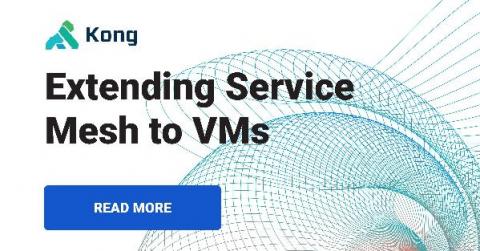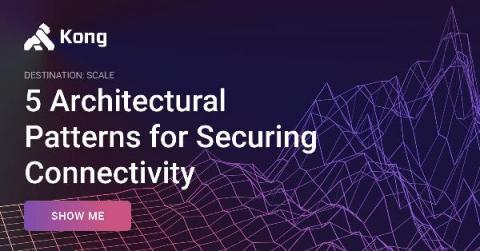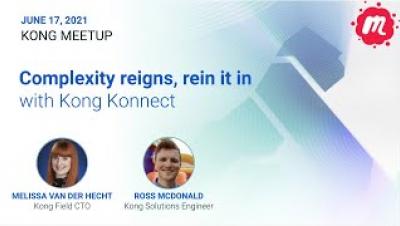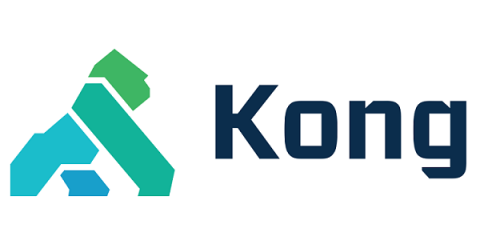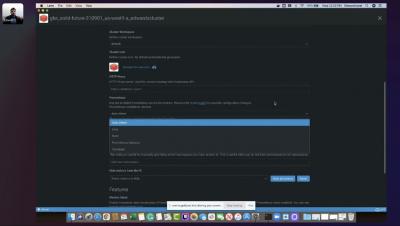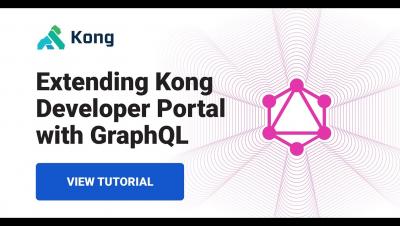Extending Connectivity to Cloud Native and VM-based Applications
We all know that what customers see in the market is, in fact, only a small percent of the shifts happening within our organizations. Recently, Time Magazine stated that “Every Company is a Tech Company… The Disruption is Just Beginning.” We’re seeing it in the way we wait in lines, find places to stay when traveling and work from anywhere. The disruption is distribution, and it impacts how we live and build applications.


